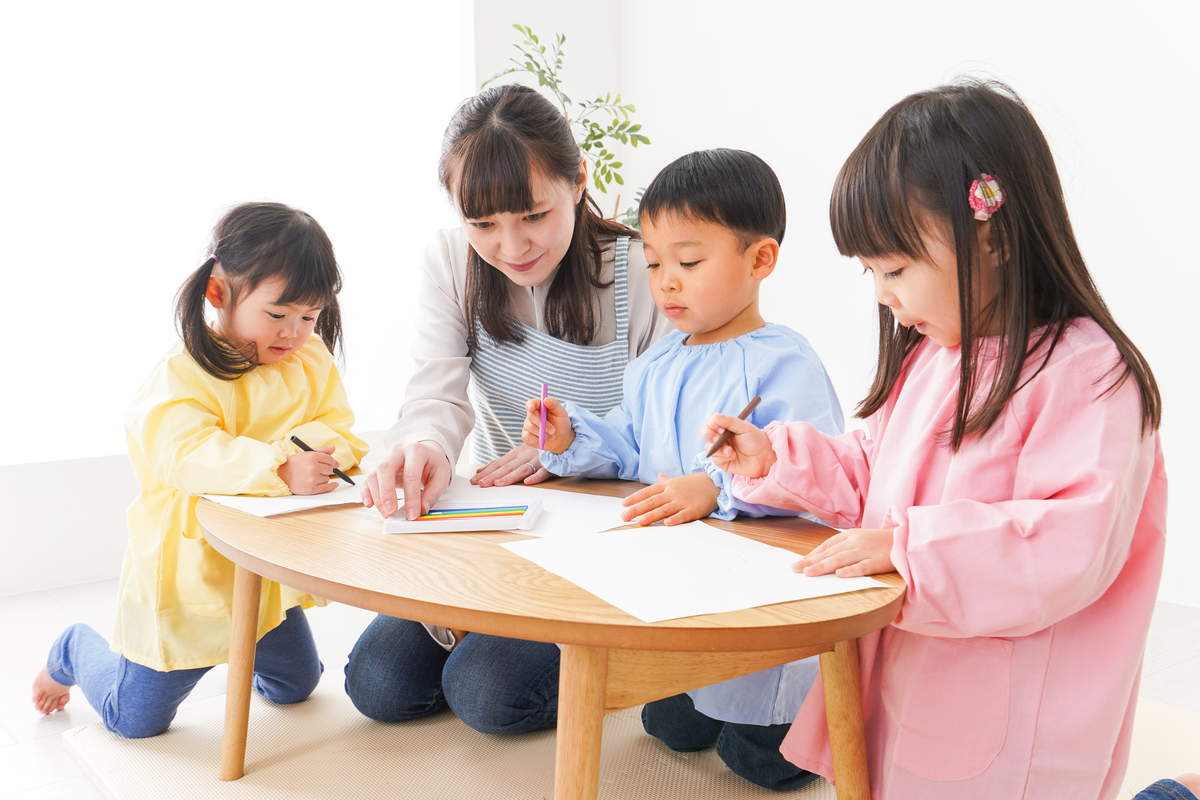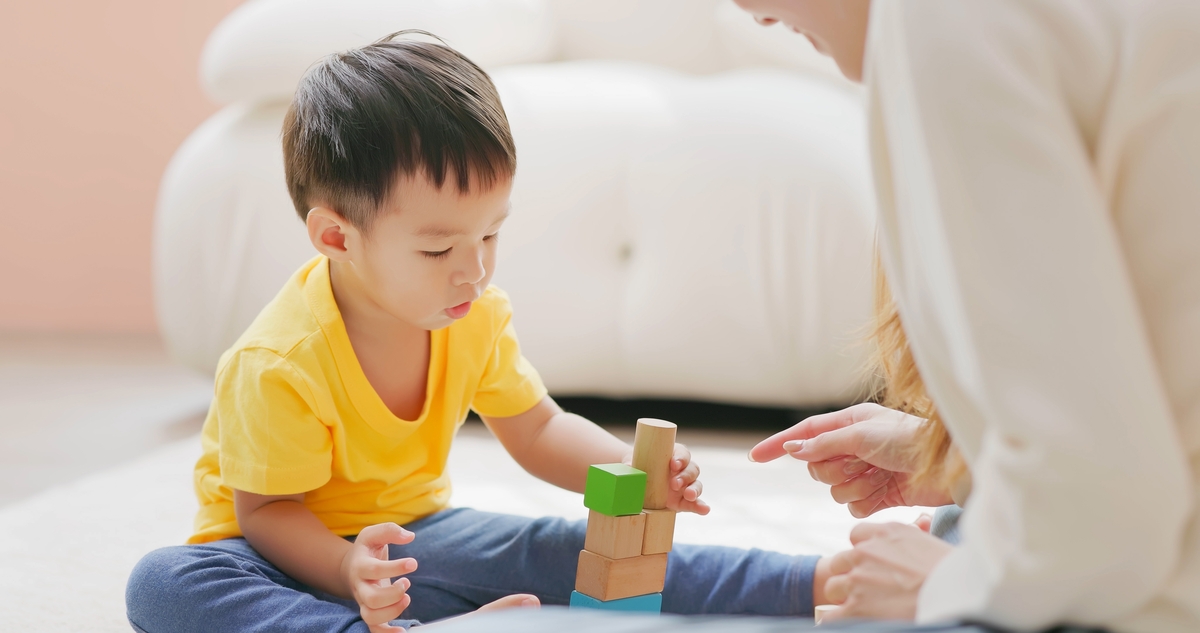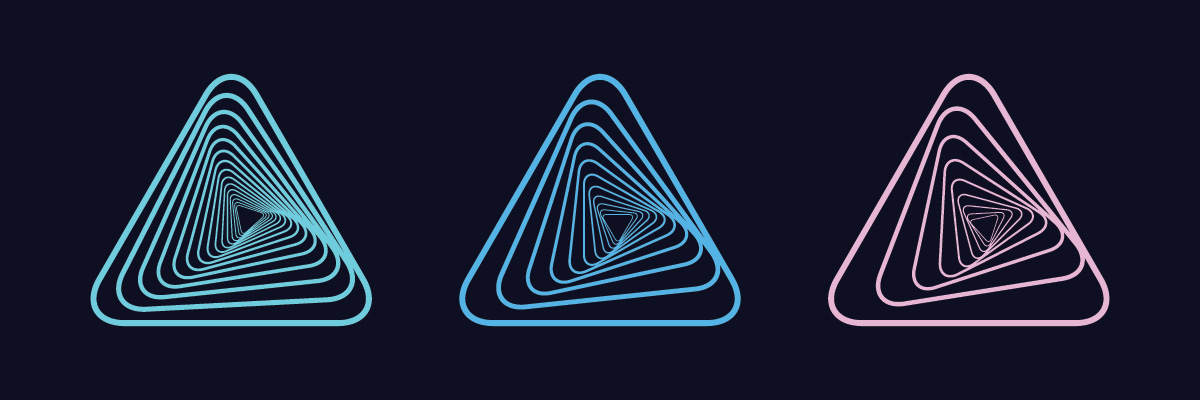
As children continue their studies into term 3, Spark Math wants to make sure children are ready! After the June holidays, students may struggle when returning back to school. Some of them may experience learning loss, which refers to students’ loss of some of their educational concepts due to lack of practice during a long vacation. In this new blog series, Spark Math goes over some of the most important math concepts children should know as school and revision picks up. Here are the “Math Children Should Know Before Kindergarten.”
Kindergarten and Math
While kindergarten is a time when children benefit from more play and play-based learning, it’s also an important time for children to learn a wide range of important skills. Through songs, games, and activities, children pick up concepts such as numbers and shapes that are critical for math learning. In fact, kindergarten math is a foundational subjects kids need for school and life. For some students, this is the beginning of their educational journey. Whether your child went to pre-K or not, there are some foundational math concepts they need to know before starting kindergarten. Here are some concepts parents should review or introduce before starting kindergarten.
1. Numbers
Nothing is more foundational in math than numbers. In pre-K, children learn how to recognise single-digit numbers and count from 1 to 10. In early education, children start math learning with manipulatives, like numbers blocks and toys. With physical representations of the numbers they are learning, kids connect with numbers in a real way. In kindergarten, students start identifying and writing those numbers in a visual or pictorial way.
Counting numbers is more than just remembering the order of numbers, but is the beginning of deeper math concepts like addition and subtraction. When children start counting objects, they are doing the simplest form of addition. Relate numbers and counting to everyday life, and get your child to start using their counting skills. Children can connect with the importance of counting when they are allowed to take 2 toys with them to visit Grandma or have to eat 5 more pieces of broccoli before they can finish dinner.
Ways to use Numbers:
- Point out numbers in the world.
Examples: Addresses, speed limit signs, price tags, phone numbers
- Take time to count objects children use every day.
Examples: Toys, blocks, food
- Ask “how many” about everything your child sees.
Examples: How many birds do you see outside? How many toys do you have to pick up?

2. Shapes, Size, and Placement
Geometry might sound like a tough subject for early education, but some of the first concepts children learn about are shapes. Pre-K is about learning through play. One of the first educational toys children play with is the shape matching toy. Pre-K is an exploratory space for kids to learn how to identify the basic shapes. Before children begin kindergarten, it is important they know all the basic shapes. Bonus points if they can draw those shapes too!
Understanding objects isn’t just about what shape they are, but also about the space they take up in the world. In pre-K, children learn about size and placement. Children should know which objects are bigger or smaller, taller or shorter. They should also know how to compare objects to other objects. Concepts describing where objects are (“On top”, “Under”, and “Next to”) help children better understand and describe the world around them. The ability to judge size and communicate placement will translate directly to more advanced math concepts.
Ways to use Shapes, Size, and Placement:
- Ask kids what shape objects are around the house.
Examples: Fruits, books, and toys.
- Use size to explain differences in objects
Examples: Can you pass me the bigger apple? Can you tell me which string is longer?
- Describe where objects are and where they are going when doing small chores.
Examples: Put your toys inside the closet. Your school uniform is lying on the bed.

3. Patterns
Patterns play a vital role in early math education. Patterns are also found in geometry, number recognition, and arithmetic. Pre-K kids should be able to do the following with patterns.
- Identify a pattern
- Compare patterns
- Continue pattens
- Create their own patterns
Using patterns can be used in counting as well. Creating groups of two or three objects shows the connection between individual items and groups. This might seem like a simple grouping but is also an introduction to future concepts like multiplication and even statistics. As they advance, patterns will play a quiet but constant role in math and students proficient in patterning will have a head start.
Ways to use Patterns:
- Look for patterns in every day life
Examples:
Create necklaces using coloured beads in a specific pattern.Put toys in order of size.Making patterns with different-shaped blocks.
Be ready for the new school year with Spark Math
Spark Math’s research-backed curriculum will get children on track to master concepts at their grade level or get ahead of the curve. Students taking our kindergarten course will learn key math concepts they should master before primary school. These include the basics of counting and up through beginning addition and subtraction. Our certified and experienced teachers will cover everything from this blog and much more.
As we go deeper into term 3, it can be beneficial to consolidate and revise what your child has learnt for the past year. Spark Math is an education programme perfect for helping children use the skills they learnt all year in effective and engaging ways. Available for students from kindergarten to Primary 5, Spark Math’s online programme features online classes, gamified lessons, and real-time feedback from experienced teachers. Try it for yourself by signing up to try a free demo class today!
Want to find out what your child should know for their grade level? Check out our Spark Math blog for great news and activities the whole family can enjoy. Check out our Pinterest Page for more fun activities!
Check out the rest of our Math Children Should Know series below:
Kindergarten – Primary 1 – Primary 2 – Primary 3 – Primary 4 – Primary 5




